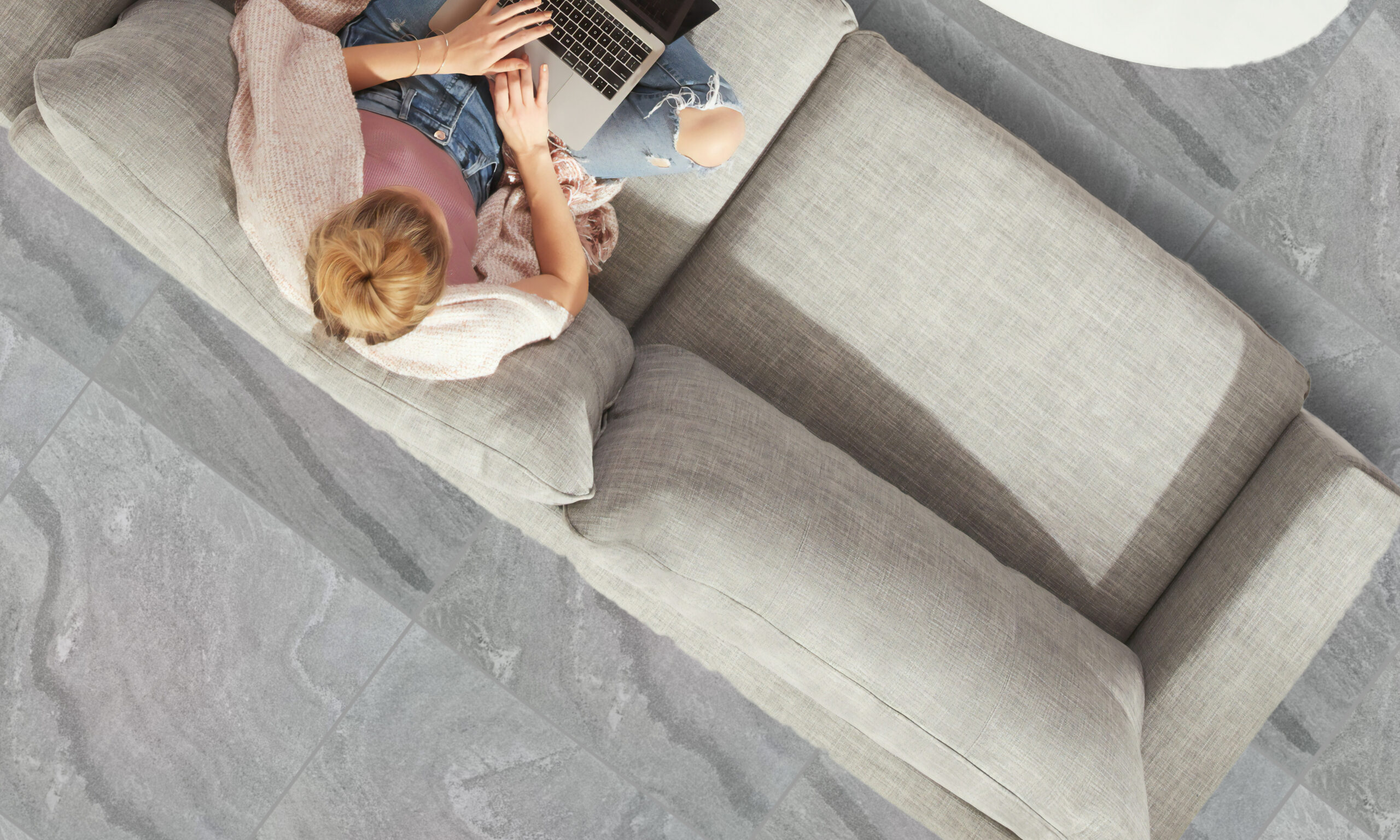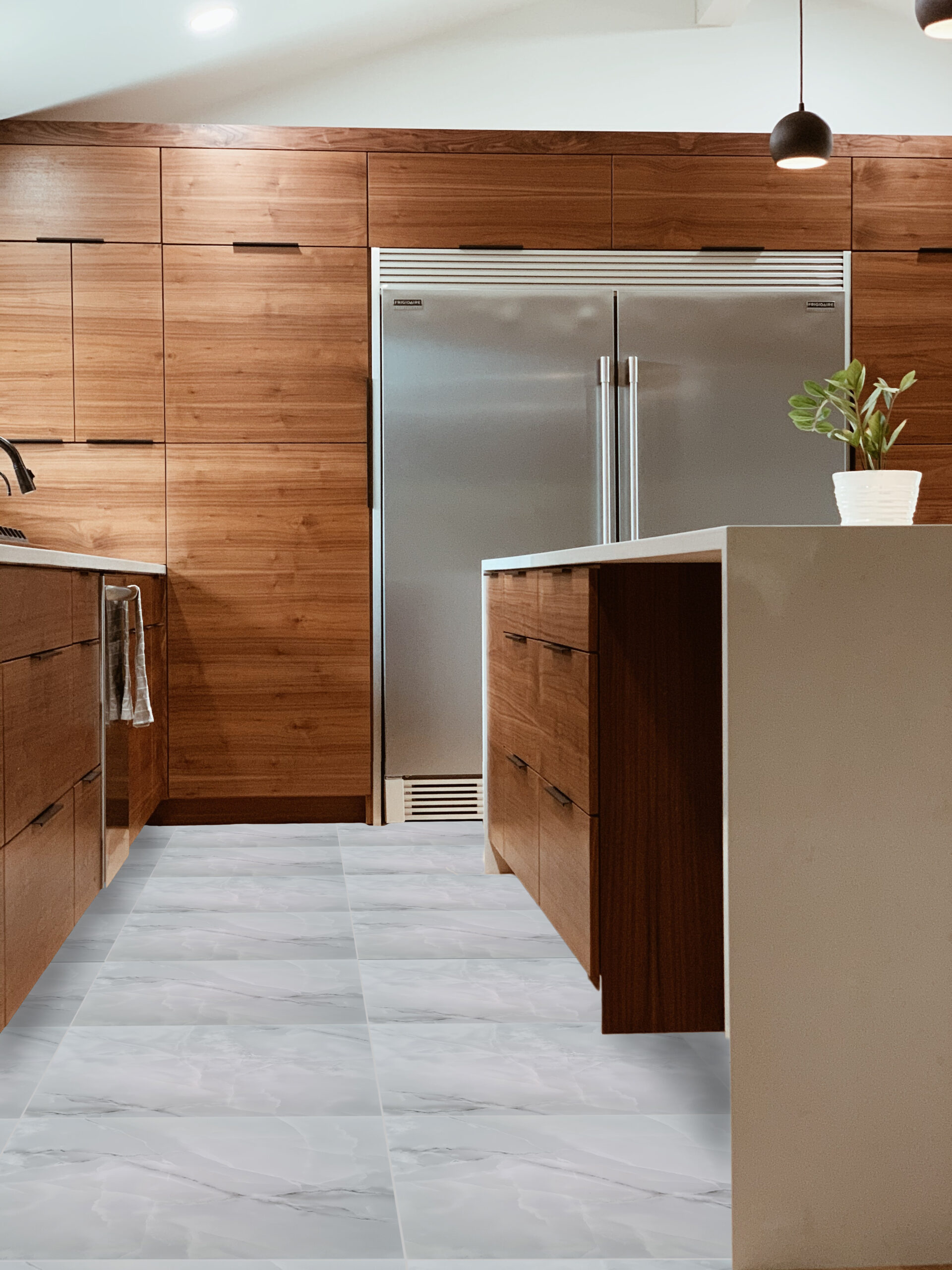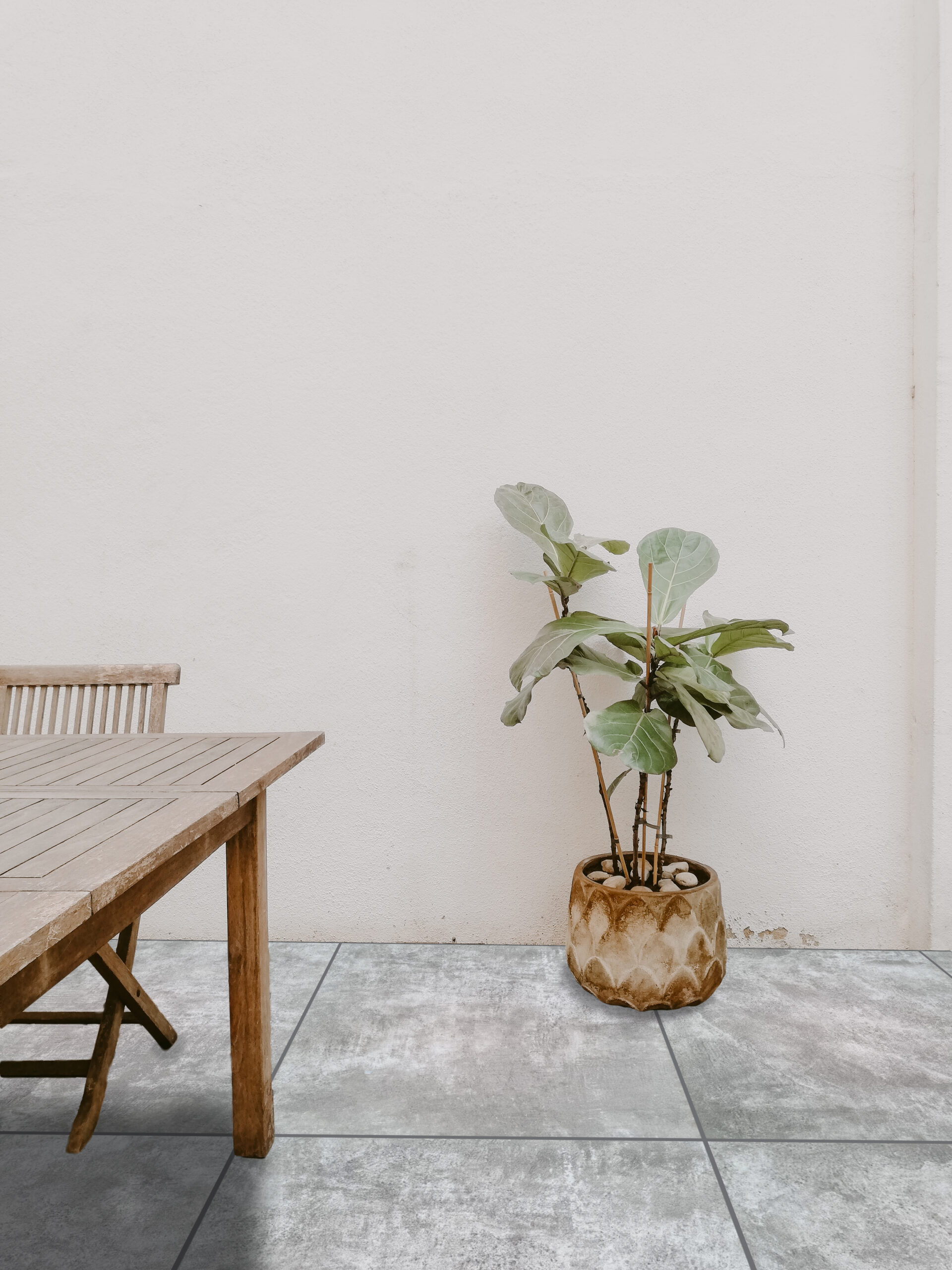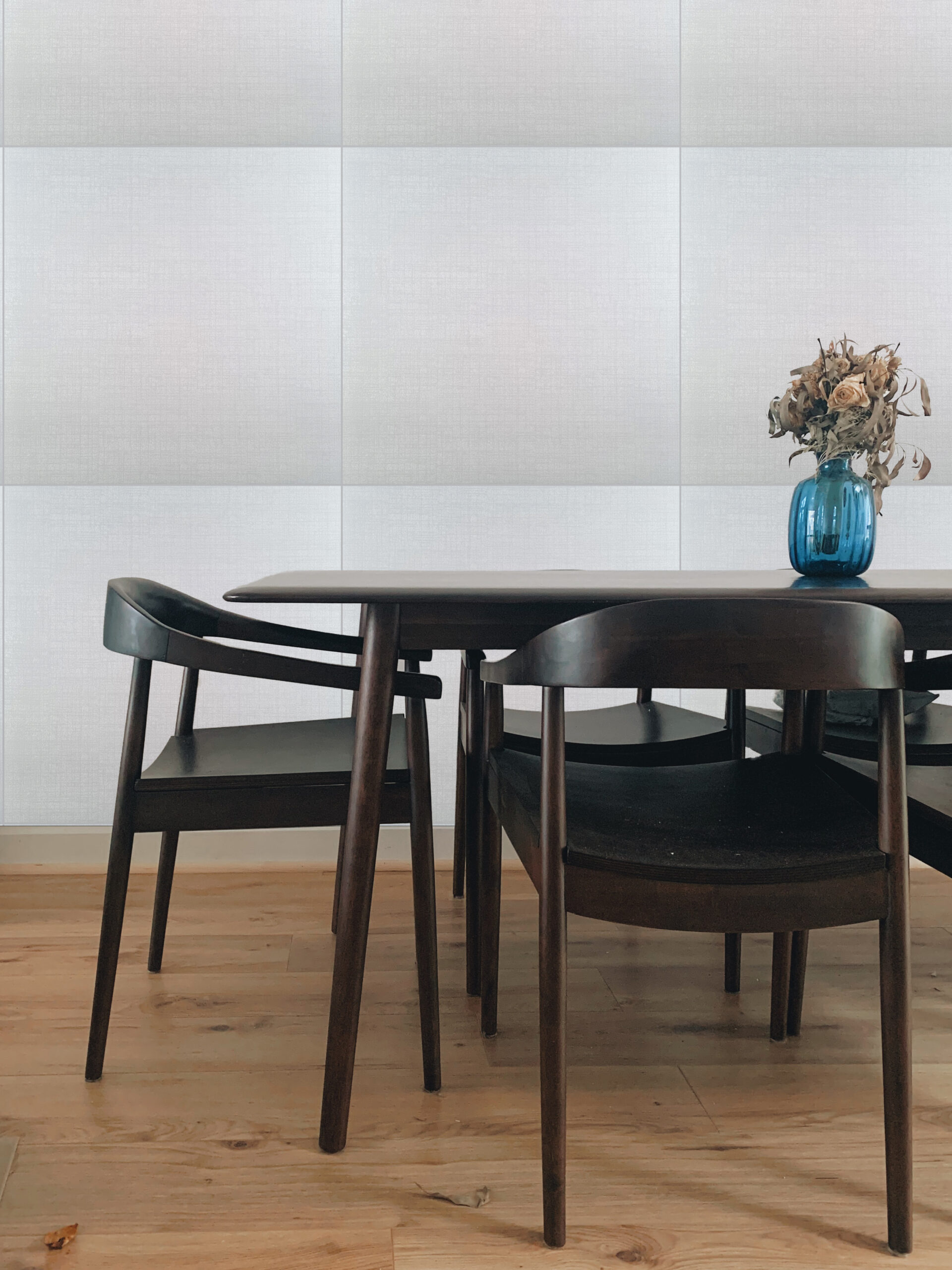
What is Open Plan Living
Pre World War 2, residential floor plans consisted of a hallway with rooms branching off. The kitchen was usually at the back of the property; this is because it was seen as a service area, not a socialising space. It wasn’t until Frank Lloyd Wright started designing open plan living areas that people started to think differently about socialising.
An open floor plan, including the kitchen, offered design flexibility for families who were changing and growing, allowing parents to keep an eye on the kids during meal preparation and cleaning, which offered huge advantages for modern families.
The open floor plan also allows for more space in the same square footage. Which helped construction companies fit more houses into the same space; this also accommodates the growing families of the 21st century.
By the 1990s, open floor plans became the norm. But with its popularity growing, disadvantages started to emerge. The popular layout does mean everything has to be organised or else the house becomes cluttered. Furthermore, closed- off rooms allow you to cut off noise and be separated, which is becoming more and more popular. Even with these disadvantages, open plan layouts are prized in real estate and are still popular to this day.
Zoning
Zoning is an important tool to help make open plan living work for you.
- Invisible walls: when designing the space, it is useful to imagine there were walls separating the spaces up. Using rugs and floor changes to help carve up the space will accentuate the zoning. Just simply moving the sofa around to cut up a space can make such a massive difference. Doing this also means you focus on the practicality of each ‘room’ or zone. Which will allow you to see proper circulation through the space.
- Broken plan: Don’t be afraid to really separate a ‘quiet zone’ or office space from the open space. You can put semi-permanent walls up, internal glass or bi-folding doors to really break up the space. Also, anything like this will change the air and light movement through the space, which can create really dynamic areas in your home.
- Create zoned spaces: this is one of the most common tools used. People put islands in their kitchen, or breakfast corners. These offer great functionality as extra storage, or places to eat and work; but it also cuts up the space.
- Decoration: Use visual room tricks. Choose different colours for the walls, or tile certain parts of the floor. For example, use tile in the kitchen, but wood in the dining room.



Outdoor Open Plan Living
A big trend in living space in the 21st century is the indoor/outdoor space, with most home renovations being kitchen extensions and glass folding doors into the garden. You can’t miss this trend.
When it comes to bringing this space to a reality in your own home, there are lots of tips and tricks you can use to pull it off.
- Tile Floor: The great thing about tiles is you can carry them through to the outside. You can have the exact same tile in your open plan kitchen/diner, as you do on the patio. This creates a smooth free-flowing look to the living space. Which creates an amazing socialsing space.
- More Glazing: Adding skylights and windows help to add unexpected views of the garden which helps bring the outdoor deeper into the inside.
- Add a canopy: In the UK especially it helps to be prepared for quick weather changes. Adding an extended roof to a patio allows you to keep the doors open even in bad weather.
Here at Tiles For Ever we have lots of tiles that can help you achieve all these design features. We have an extensive range of outdoor tiles, and anti-slip tiles which are all perfect additions to your open plan living space.
For more information on how we are dealing with the freight crisis, feel free to call us (0113 390 8800), email at info@tilesforever.co.uk or come into our showroom.

